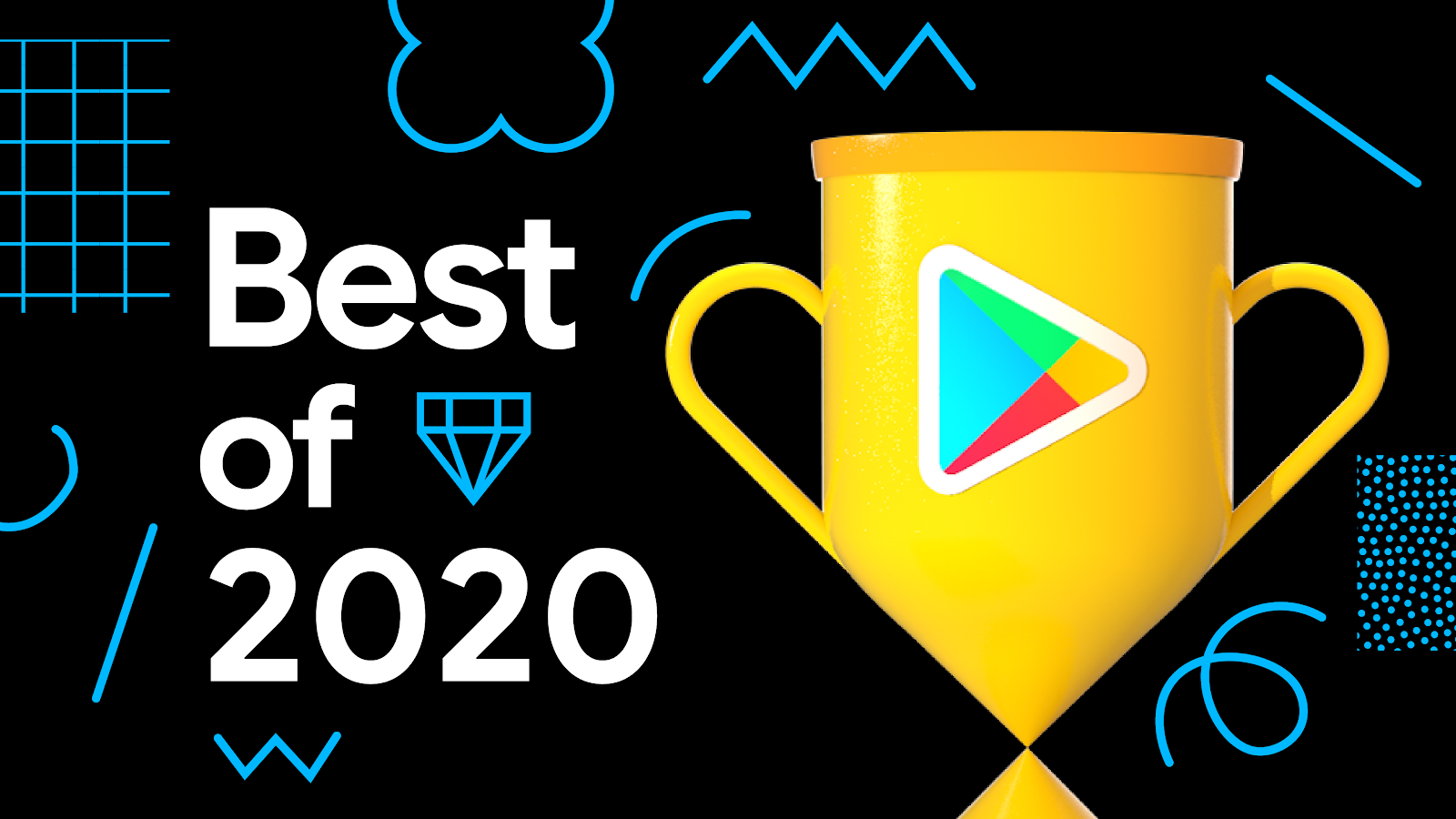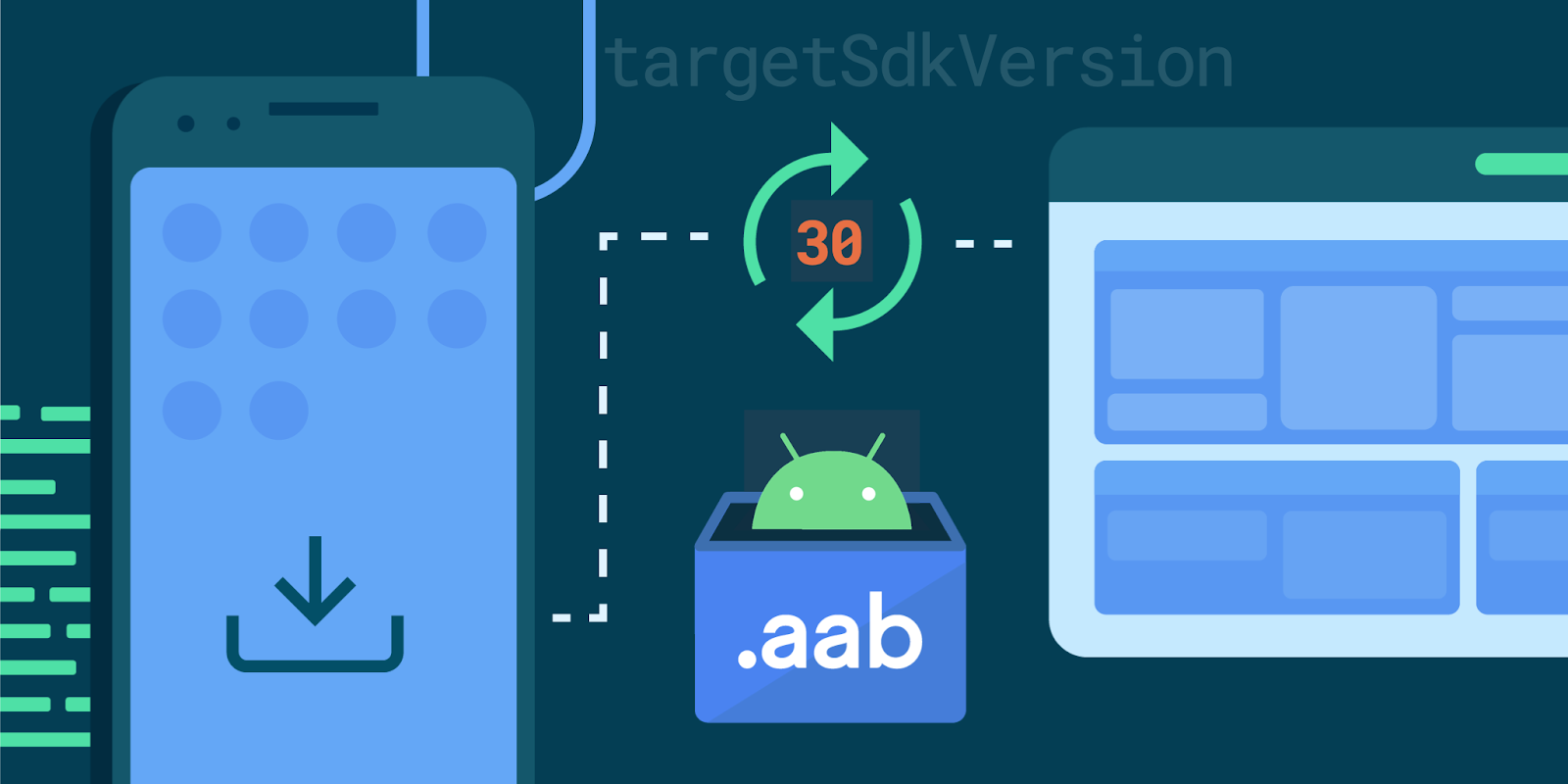Celebrating the Developers Behind the Best Apps and Games of 2020

Posted by Posted by Purnima Kochikar, Director, Business Development, Games & Applications Today, we announced Google Play’s annual Best of 2020 awards , highlighting the year’s best apps, games and digital content. None of this would be possible without the developers that created the amazing content that made a profound impact on us in 2020, or should we say a Genshin Impact … From miHoYo Limited to Loona Inc, the makers behind your favorite apps and games were unafraid to experiment, challenge the status quo, and design incredible experiences we never thought possible. Check out the full rundown of the developers behind the best apps and games of 2020 in the U.S. on Google Play: Best App of 2020 Loóna: Bedtime Calm & Relax by Loona Inc. Best Personal Growth Apps Paired: App for Couples | Relationship Advice by Better Half Ltd. Centr, by Chris Hemsworth by Loup Pty Ltd Speekoo by LearnMyLanguage Intellect by The Intellect Company Jumprope: How-to Videos by Jumpr





